Advanced Degree Institutional Learning Achievement Investigation: Methods and Opportunities for Action
This poster presents the process and results of an institutional assessment project that investigated advanced degree program learning …

This poster presents the process and results of an institutional assessment project that investigated advanced degree program learning …
The Director of Core Education at Point Park University conducted an assessment cycle for the Information Literacy SLO …
Working to establish a culture of assessment and improve outcomes assessment processes, the Office of Accreditation and Assessment …
Formal assessment on our campus has faced challenges, including low engagement, lost records, and an unsatisfactory software repository. …
This poster outlines the process of increasing faculty governance over institutional assessment policies and practices through the reformation …
Our institution is developing processes to assess our general core education. After redeveloping our seven learning objectives, direct …
Academic Assessment is required for institutional accreditation, yet may be challenging for individual departments, programs, and faculty to …
This project focuses on improving graduate program assessment at a primarily undergraduate-serving liberal arts college. The university has …
Impactful assessment must be responsive to its broader institutional context as well as immediate situational demands. At UCSC, …
Chaminade University of Honolulu has restructured General Education in recent years. Various faculty committees have been spearheading a …
In early 2019, ACCJC reaffirmed Kapi‘olani Community College’s accreditation status, but mandated a follow-up report and provided an …

Faculty have difficulty in clarifying how their assessments and instructional strategies are aligned with both course and General …

First-Year Programs (FYP) utilizes multiple approaches to assess student learning outcomes and program success. Institutional data are used …
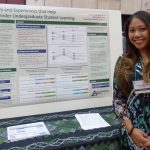
Institutions that understand what helps and hinders student learning will know how to improve student proficiency in core …
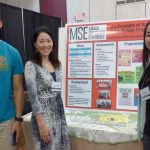
The University of Hawaiʻi at Mānoa’s highest attrition rate occurs between students’ first and second years. This issue …
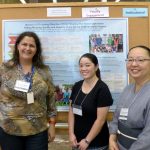
The purpose of this poster is to describe for faculty, staff and students what the ILOs are, why …
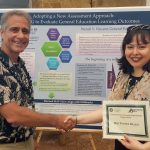
In Spring 2016, the General Education Office identified a need to improve its indirect assessment efforts. Working with …

Exploring possibilities for, and effects of, Integrated Performance Assessments (IPAs) in the Department of East Asian Languages and …
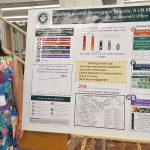
This poster presents examples of academic programs in higher education using learning assessment results for program improvement. The …
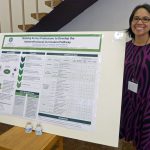
This poster presents the assessment of curriculum through the Interprofessional Education committee, which was created in 2015 with …

This poster presents undergraduate assessment results for critical thinking, information literacy, quantitative reasoning, and written communication based on …
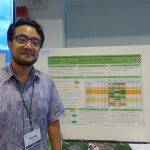
The Undergraduate Research Opportunities Program (UROP) utilized historic program data to identify potential gaps in campus awareness of …
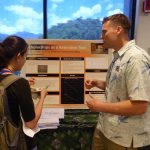
This study employed propensity score matching and regression analysis to determine whether or not a retention scholarship pilot …